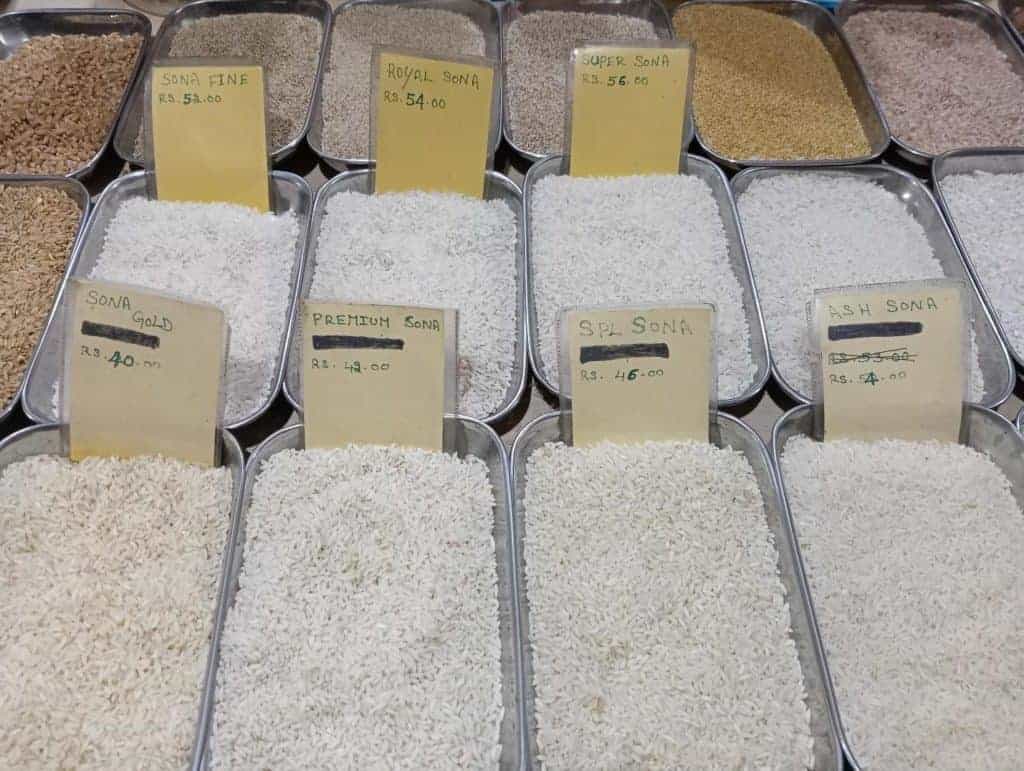Former American President Harry Truman apparently once said that he wished he could find an economist with only one hand. When asked why, he replied, “Whenever I ask an economist a question, his reply always is “on the one hand…”, followed by “on the other hand…”.
Truman had a valid grouse. For instance, do you know what “inflation”, a term much bandied about by economists, media and the RBI in recent weeks, means. Inflation basically means the rate at which prices of goods that you buy on a regular basis, especially food items, are rising. For example, the price you pay for a kilogram of say tomatoes in June will be higher by that percentage as compared to the price you paid for it in May.
But ask an economist the same question and he will most probably start with “one the one hand there is the wholesale price inflation (WPI); on the other hand, there is the retail (or consumer) price inflation…”
My sudden fascination with “inflation” numbers arose from newspaper headlines on two consecutive days, June 14th and June 15th. The June 14th headline said consumer price inflation had dropped by a little over half a per cent as compared to the previous month. The June 15th headline said that wholesale price inflation had risen to a high of close to 16%.
What concerns you and me the most is the consumer or retail inflation number, as that affects us directly. So in theory, a drop in consumer price inflation is to be welcomed. But the half per cent is hardly going to make any difference on the price of those tomatoes. However, the rise in wholesale prices will, as it will inflate the price at the retail level, irrespective of what the retail inflation numbers say.
Read more: Inflation+recession=Poverty+high prices. The corollary: Hunger
The movement of prices
Let’s try to keep this simple. From the producer, say the farmer, to the consumer, that’s you and me, are three layers.
One, the trader, or middleman as he is commonly known, who buys the tomatoes from the farmer. This is purely a privately negotiated transaction, not influenced by any government law or statistic. The middleman then sells it to the wholesaler, a person who buys in bulk, breaks it up into smaller units, and in turn sells it to the retailer from whose shop we buy it.
Except at the point of sale by the farmer, at every other stage there is a mark up in price. The middleman adds his costs and margin while selling to the wholesaler. Ditto the wholesaler, who sells it to the retailer. And ditto for the retailer. The prices of the first two stages is what are considered to arrive at the wholesale price index.

Assuming that the farmer’s productivity has not been affected by adverse weather events, or any other development, and his yield is about the same as what he usually gets, his negotiating strength with the middleman rests mainly on how much competition there is for the same product, and the extent to which extent the middleman is able to exploit it.
The middleman and the wholesaler have a symbiotic relationship. Since the aim of both is to maximise profit, the only weapon in their hands is to manipulate supply, and hence the prices they can charge each other and the retailer. The latter, in turn, can always blame all those above him in the food chain for the prices that he charges us, which is reflected in the consumer price index number, and consequently the inflation we see.
Read more: Editorial: Can’t afford cooking oil, gas or vegetables? Eat less, or eat cake
Bearing the brunt of it all
The middleman and wholesaler have, over the decades, become quite adept at this. Either they just stop buying from the farmer, forcing him to sell at distress price. Remember the plight of onion farmers in Nasik lined up along the railways line, literally begging passengers on trains to buy their onions at throwaway prices?
Or they hoard the product, despite all the laws against hoarding, thus artificially creating a supply shortfall.
In either case, the consumer has only one weapon to fight back — stop buying that product. To put it in economists’ terms, reduce demand. In other words, stop cooking tomatoes, hoping that this will force a fall in price, and hence inflation.
Such a fall in prices should reflect in the retail price index number. Sometimes it may, if that commodity is a part of the basket of products economists use to calculate that number. Unfortunately tomatoes, whose prices have been yo-yoing all over the place recently, are currently not part of that basket.
But strangely, it is rarely the other way round. Statistics may show a drop in the retail index. But rarely is that reflected in actual prices in the shops.
If that leaves you confused, don’t worry. You are one of billions in the same state. The only option may be to try and find a one armed economist to explain why this is so.